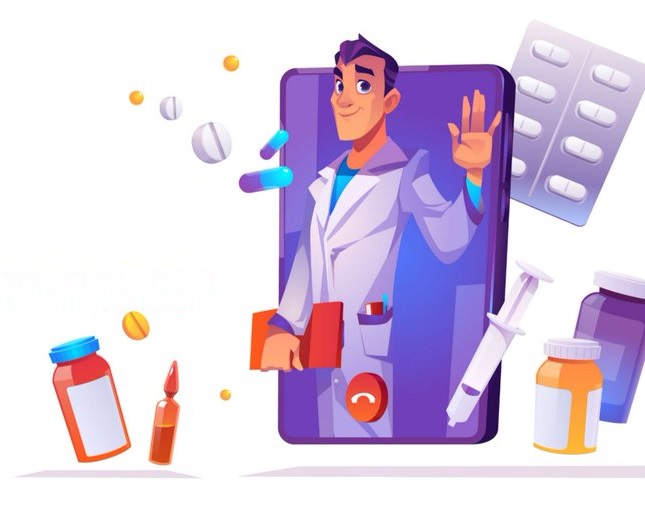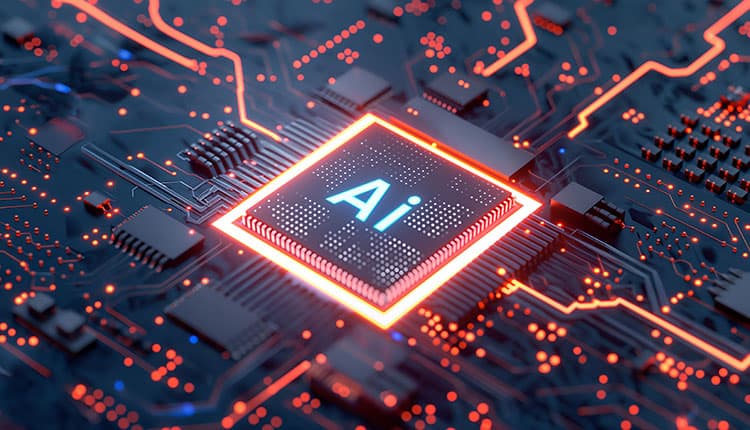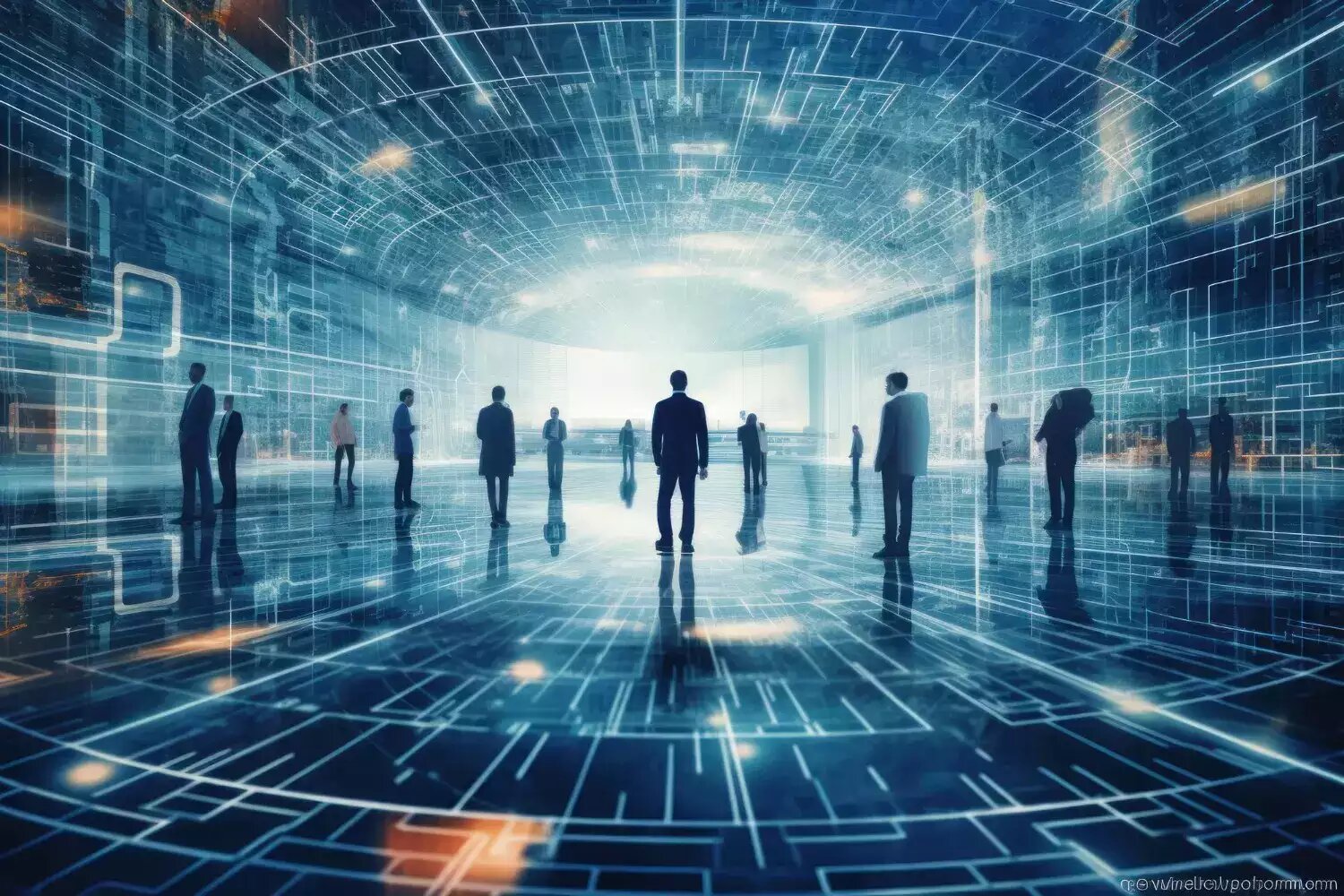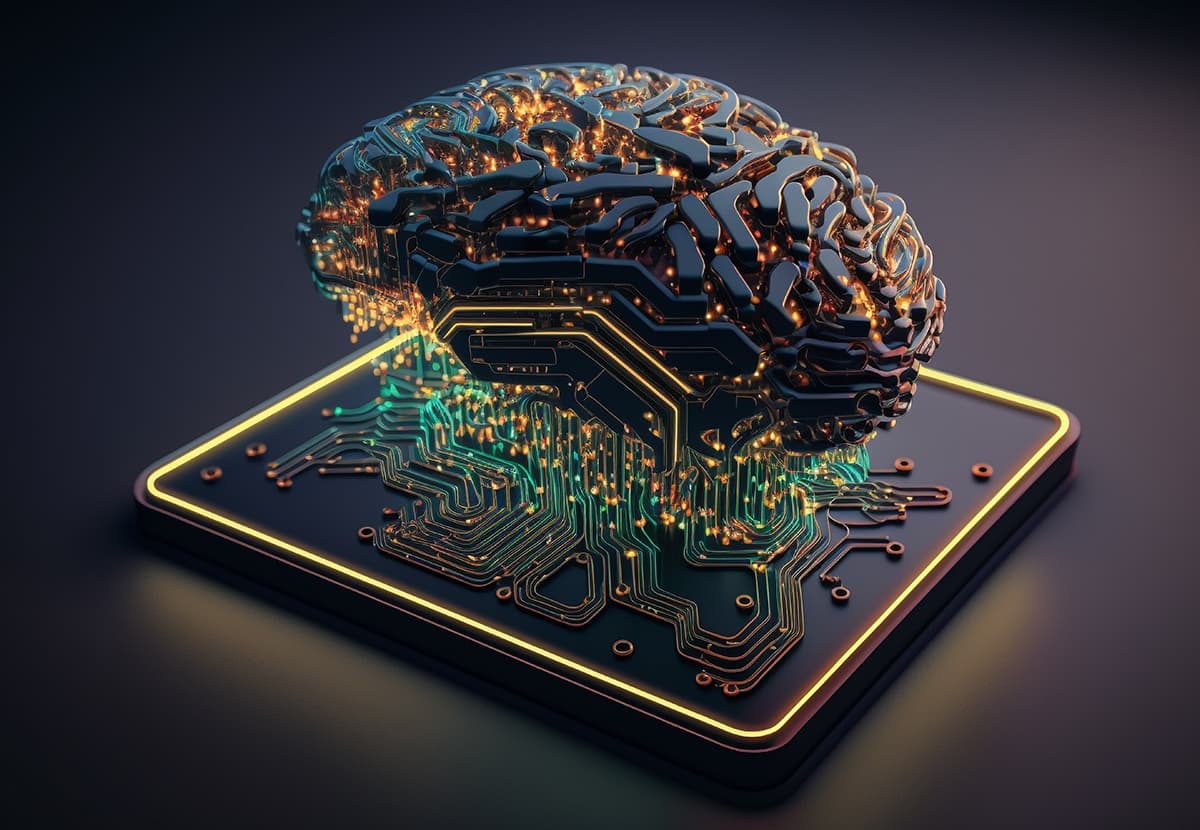
For many of us, it's easy to get top-notch healthcare at a well-known hospital. But for millions of people- poor and the not-so-privileged, it is not this way. Nations are acutely aware of this divide. And, they have indeed designed healthcare schemes aplenty to close in on the gap between ‘haves’ and ‘have-nots’. Agreed, a lot more needs to be done to democratize healthcare opportunities. But if you ask me, today the lacuna is not the lack of a well-crafted healthcare scheme. What hurts is the lack of its effective monitoring and implementation. Ask a poor patient on his experience of treatment at any public healthcare system and you realize there is no foolproof system to record and redress grievances. Then, if you deflect your attention to the experience at the plush corporate hospitals, you agree that many healthcare schemes don’t have an inbuilt mechanism to evaluate their performance. Problems have amplified as most scheme monitoring systems still rely heavily on papers or spreadsheets. When you have a seamless digital system to manage the whole life cycle from registering patients and empanelling hospitals to settling claims, you can bury any worry.
Universal Health Coverage- Care for All Without Hurting the Pocket
Universal Health Coverage (UHC) is one of the pivotal Sustainable Development Goals (SDGs). Under it, nations are mandated to provide quality and affordable healthcare to all by 2030. And, nations have come up with plentiful schemes to insure the poor and vulnerable. But many of these schemes have not succeeded in curbing Out of the Pocket Expenditure (OoPE) incurred by patients during hospitalization. When patients spend from their pockets on medical expenses, it deepens financial distress. To explain this crisis, you have the World Bank Report of 2019. It says people in developing countries are spending $0.5 trillion each year by way of OoPE. The figure corresponds to a per capita spend of $80. In India, the per capita OoPE is still higher at $109 despite the government controlling around 60 per cent of the health insurance market.
The climbing OoPE on health has a bleak impact on poverty. Based on the National Sample Survey Data (1994–2014), a study estimates that about 55 million Indians were pushed into poverty because of overspending on healthcare. And, among them, 38 million dropped below the poverty line (BPL) due to medicines purchase alone. Reversing this scenario needs as much of a focus on building effective healthcare scheme monitoring systems as on ramping up budget on health.
For a Digital Transformation in Healthcare Delivery
The changing outcomes of government anchored healthcare schemes are testimony to how digital interventions have enhanced their effectiveness and efficiency. The seminal development is with respect to Rashtriya Swasthya Bima Yojana (RSBY) launched in 2008 by the Indian government to insure the health of people living Below Poverty Line (BPL). Initially, the scheme was beset with hurdles, like lack of visibility on enrolment of villages, absence of a tracking system of hospital infrastructure, difficulty in sourcing information on patients admitted in hospitals and cumbersome process of claim verification and settlement. But with a digitally anchored system to monitor RSBY scheme, states like Chhattisgarh smoothened the jagged edges, creating delight for all stakeholders.
Another example of digital transformation in healthcare is the Ayushman Bharat Pradhan Mantri Jan Arogya Yojana (PM-JAY) dashboard. It provides real-time data that can be analyzed to identify trends and alert policy makers to possible loopholes.
However, to gauge the transformative impact of a government led healthcare scheme, we need to look at HIMCARE scheme implemented by the Himachal Pradesh government. The scheme included beneficiaries who were left out of the Centre’s Ayushman Bharat scheme.
Before adopting an end-to-end automated system, the state health & family welfare department faced many challenges:
- Lack of a centralized database to authenticate beneficiaries
- Multiple back and forth performed for verifying credentials of beneficiaries and empaneled hospitals
- Inconvenience stemming from manual payment system
- The entire process was time devouring and lacked enough transparency
- Absence of a monitoring & evaluation mechanism raised the risk of duplication and frauds
With the onboarding of an automated, inter-connected scheme monitoring system, the state realized benefits galore-
- Easy registration, authentication and renewal of beneficiaries
- Creation of a centralized database with unique id for each beneficiary
- Digitization of medical records
- Efficient and timely grievance resolution with auto escalation feature
- Easy empanelment of hospitals based on infrastructure readiness and healthcare demand in the catchment area
- Advanced analytics and reports on performance of hospitals and insurance providers, fund deployment and utilization under scheme
Having an end-to-end automated system for enrolling and verifying beneficiaries, empanelling hospitals and settling claims can improve outcomes of healthcare schemes.https://t.co/jdf99Vj0BZ#healthcareIT #Analytics #digitalinclusion
— Priyadarshi Nanu Pany (@NanuPany) May 6, 2021
You can see how digital inclusion in healthcare delivery helps overcome the exclusion of benefits. So, when governments think of delivering more with their health schemes, they can align policy narrative with future ready technologies. Say, adopting blockchain for securing medical records and data. And, buying in Robotic Process Automation (RPA) to process that data minus errors and with an ease many times over existing systems. Who knows with technology, tomorrow’s promise of quality healthcare for all is delivered today.


























































We will verify and publish your comment soon.